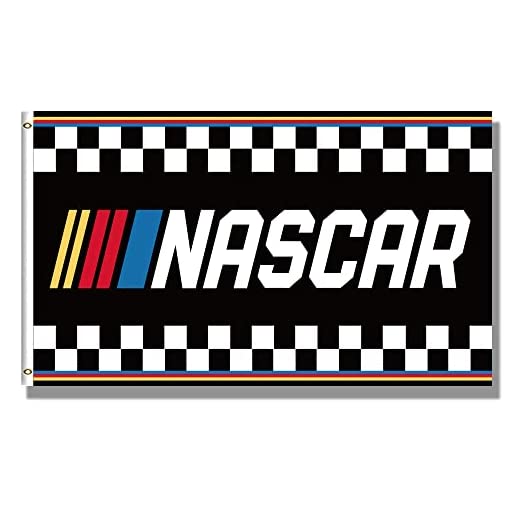No products in the cart.

The checkered flag is a symbol of victory in the world of stock car racing, and nowhere is that more true than in the high-octane world of NASCAR. The history of the NASCAR checkered flag is a storied one, filled with tradition, and a testament to the enduring popularity of the sport.
Let’s take it back to 1980, when according to [1], USAC flagman Duane Sweeney started a tradition of waving twin checkered flags at the completion of the Indianapolis 500 race. This was a major departure from the previous practice of using a single checkered flag, and it marked the beginning of a new era in the sport. The twin flags signified the official end of the race and the winner.
Fast forward to today, and the checkered flag is still an integral part of the NASCAR experience. According to [3], the race is officially over when the checkered flag is flown, and each car remaining on the track must cross the start-finish line and pass under the checkered flag to have its position officially recorded. The checkered flag is the signal that the race is over, the winner has been determined, and the celebration can begin.
But the significance of the checkered flag in NASCAR goes beyond just signaling the end of the race. It symbolizes the hard work, dedication, and skill that goes into competing at the highest level of the sport. The roots of NASCAR can be traced back more than a century, as [2] explains. It began as a gritty, dangerous, and high-stakes pastime for a group of men who loved the thrill of speed and the roar of engines. Today, it has evolved into a globally televised, corporate-sponsored event that draws in fans from around the world.
The checkered flag has played a significant role in the history of NASCAR, and its importance can be seen in the way it is used to signify the end of the race and the winner. The tradition of the checkered flag in the Indianapolis 500 and its use in NASCAR serve as a reminder of the rich history and enduring popularity of the sport.
The checkered flag is a symbol that is deeply rooted in the history of NASCAR. Its significance can be traced back to 1980 when USAC flagman Duane Sweeney started waving twin checkered flags at the end of the race. The checkered flag signifies the end of the race and the official winner. With its fast, dangerous and high stakes, NASCAR has become a global phenomenon, and the checkered flag is a symbol of the sport’s rich history and enduring popularity.